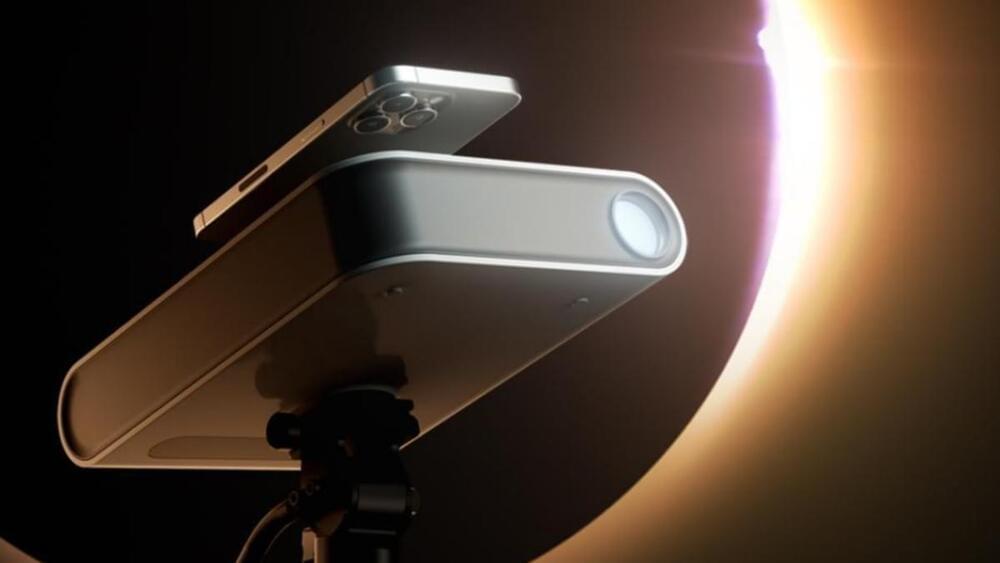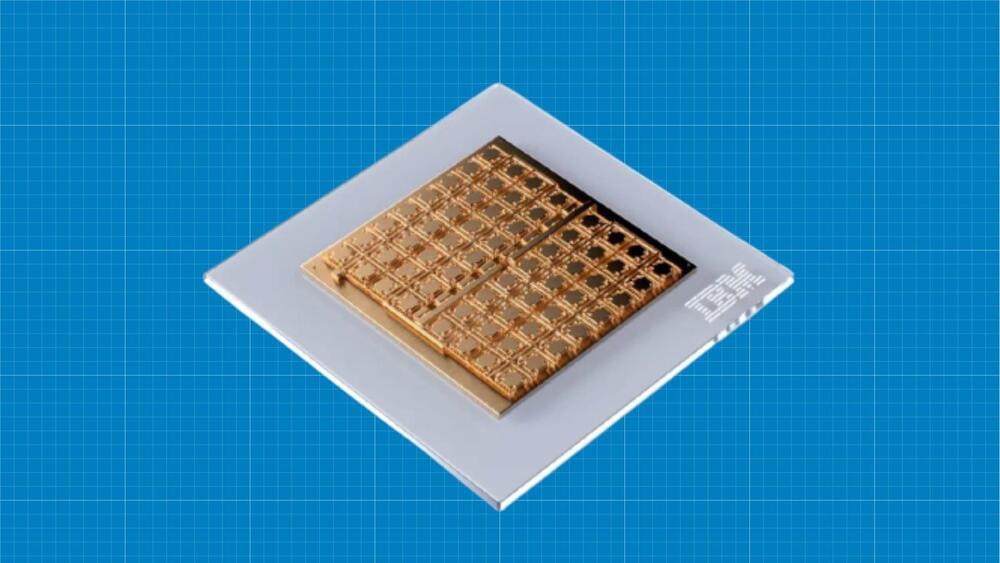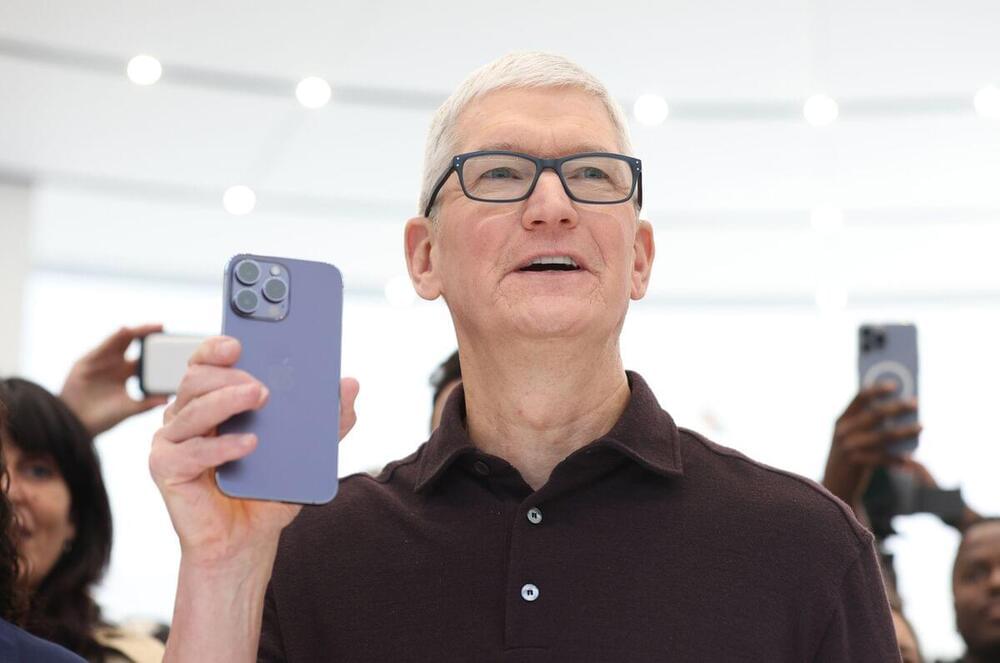This post is also available in:  עברית (Hebrew)
עברית (Hebrew)
With the rise of artificial intelligence technology, many experts raised their concerns regarding the emissions of warehouses full of the computers needed to power these AI systems. IBM’s new “brain-like” chip prototype could make artificial intelligence more energy efficient, since its efficiency, according to the company, comes from components that work in a similar way to connections in human brains.
Thanos Vasilopoulos, a scientist at IBM’s research lab spoke to BBC News, saying that compared to traditional computers, “the human brain is able to achieve remarkable performance while consuming little power.” This superior energy efficiency would mean large and more complex workloads could be executed in low-power or battery-constrained environments like cars, mobile phones, and cameras. “Additionally, cloud providers will be able to use these chips to reduce energy costs and their carbon footprint,” he added.








